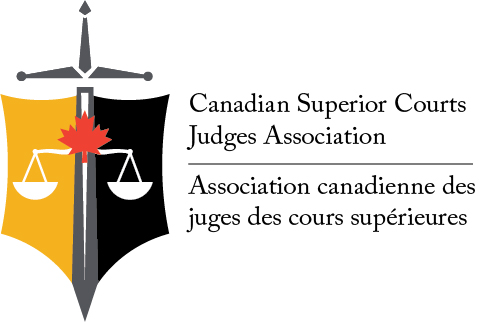Canada’s Justice System
Canada’s justice system is based on a heritage that includes the rule of law, freedom under the law, democratic principles and due process.
It is a complex system that involves three branches of government:
- The legislative branch (Parliament) has the power to make, alter and repeal laws.
- The executive branch (the government) is responsible for administering and enforcing the laws.
- The judicial branch (the courts) resolves disputes according to law, including disputes about how legislative and executive powers are exercised, in a fair and rational manner.
Judges work in the judicial branch, specifically in the courts, to uphold the Constitution, which includes the Canadian Charter of Rights and Freedoms. The courts are an impartial forum, and judges are free to apply the law without regard to the government’s wishes or the weight of public opinion. Court decisions are based on what the law says and what the evidence proves; there is no place for suspicion, bias or favouritism.
Find out more about the history of our justice system and how it works on the Department of Justice Canada’s website.
Please note: The information contained in this section is intended to provide a simple overview of the Canadian Justice System. While every effort has been made to ensure the accuracy of the information, the Association makes no pronouncement on the practices & procedures employed across the country or on the likely outcome of any legal proceedings. The circumstances of any particular case may result in a modification or refinement of the law and its application. Nothing contained in this section is intended to be considered as legal advice and you should not rely upon it as such. For legal advice, please consult an authorized practitioner in your area.

